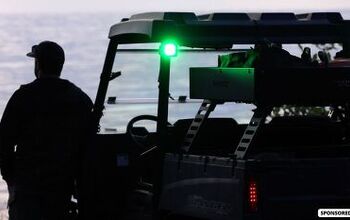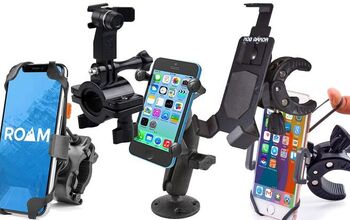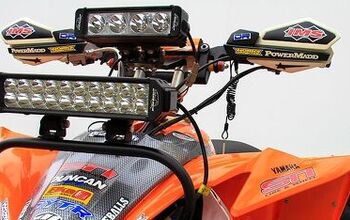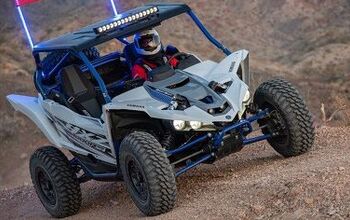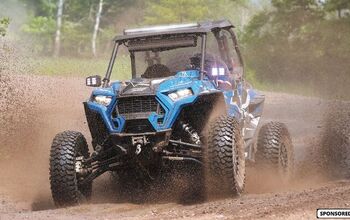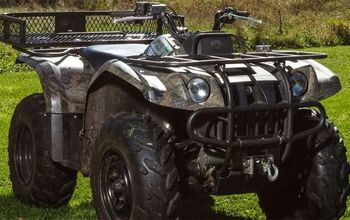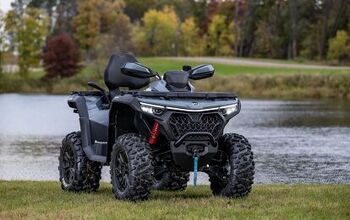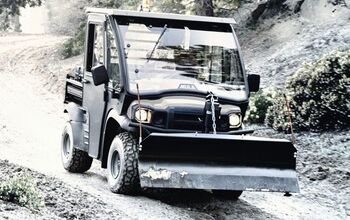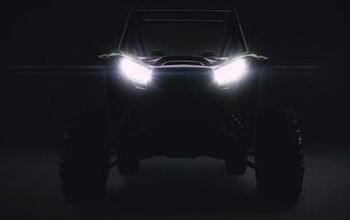2019 Kawasaki Mule PRO-MX vs. Polaris Ranger 570 EPS: By the Numbers
When it comes time to get the job done, the old saying of “size matters” is very applicable. You’ve got to have the right tool for the job, and sometimes that means that the philosophy of bigger is better is completely off base. This is why the mid-sized utility machine is an important part of the lineup for manufacturers. Let’s see how the latest machines from the two major players in the space compare as we look at the 2019 Kawasaki Mule Pro-MX and Polaris Ranger 570 EPS.
The Polaris Ranger 570 has been around for a long time now in two forms. The full-size version is a decent machine, but the compact, mid-size two-seat machine is the best fit for the power of the Polaris 570 engine. In a market where the bigger the engine, the more prestige the machine receives, the mid-size Ranger has had some great success as a smaller, budget-friendly workhorse.
Kawasaki has set a major standard in the utility market space with the Mule Pro series. The full-size FX and DX machines are big, solid and extremely capable machines. The SX is the pint-sized Pro that fits into the bed of a truck and delivers smooth dependable performance. The newest, the 2019 Kawasaki Mule Pro-MX EPS, fits right between the two and fills the need for a powerful, two-passenger Mule that handles well and zips along. This is the fastest two-seat Mule Kawasaki has ever built, and while speed isn’t a determining factor in ability, it’s still fun to go fast.
Motorin’
Unless you’ve been sleeping under a rock for a long time, and if you have I’m not judging, you already know about the Polaris 570 engine. It is a 567cc ProStar DOHC single-cylinder four-stroke. It pumps out a claimed 44 horsepower and is fed via electronic fuel injection and runs out through a CVT-type transmission. The 570 is one of Polaris’ most popular engines. It produces decent power and reliability and is used across several platforms, including the ACE, Sportsman, Ranger and RZR lineup. Personally, I like the mid-size Ranger 570 better than the full-size. The reduced weight of the smaller machine suits the engine better.
The new Mule runs a single-cylinder, four valve SOHC 695cc liquid-cooled motor that produces 42.7 lb-ft of torque at 5,000 rpm. The MX motor is fed through digital fuel injection and runs out through a CVT transmission with a centrifugal clutch. This is a seriously meaty motor that reminds me of a Yamaha Viking engine – torque for days. It gives the MX a ton thump and muscle for getting jobs done around the farm and worksite.
Built for Work
The Ranger 570 is built in the classic Ranger style. The bed is composite and measures 32 x 42 x 11.5 in. It can hold 500 pounds of cargo. The Ranger is equipped with a 2-inch receiver and can tow 1,500 pounds. It has dual A-arms in the rear and McPherson struts up front for suspension. The Ranger has two-wheel drive and Polaris’ On Demand All-wheel drive, as well as a turf mode, which is nice for landscape work, and for tight turning in small spaces.
The 2019 Kawasaki Mule Pro-MX is built just like the full-size FX machine, with a sturdy frame and steel floorboards and a steel cargo-box bottom. It can two 1,500 pounds through a 2-inch receiver hitch and it can haul 700 pounds in the cargo bed. It has 2- and 4-wheel drive with a dual-mode rear differential with differential lock. All four corners ride on dual A-arms with gas shocks. The Mule has 10.6 inches of ground clearance, besting the Ranger’s 10. And it comes with the Kawasaki Strong three-year warranty, too.
Both machines have a short wheelbase with the Kawasaki having 78.9 inches to the Polaris’ 73 inches. The Polaris is slightly narrower, too, at 58 inches to the Kawasaki’s 60 inches. They are really close in price, too. The Polaris Ranger 570 EPS starts at $11,699 and the 2019 Kawasaki Mule Pro-MX EPS starts off at $11,999. These are really solid prices for really solid machines. Head down to your local dealer to see which one suits you best.
Derrek's love for all things ATV started when he was a mere 11 years old, growing up on his family farm. His mom gave him and his sister a choice - get a horse, or a three-wheeler. The sister wanted the horse, and Derrek wanted the ATV. Luckily he won out, and was soon burning up the trails on a Yamaha Tri-Moto 200. By the time he was 14, he had saved enough of his own money by working on the farm and in his folks restaurant to buy a new 4-wheeler. That happened the day he and his mom were driving past the dealership and saw 1987 Banshee. His mom had no idea what he was buying, and he never looked back. He's been riding ever since, and been writing professionally for many years. He has ridden all over North America and been behind the controls of just about every machine out there. And yes, he still has his 1987 Yamaha Banshee.
More by Derrek Sigler



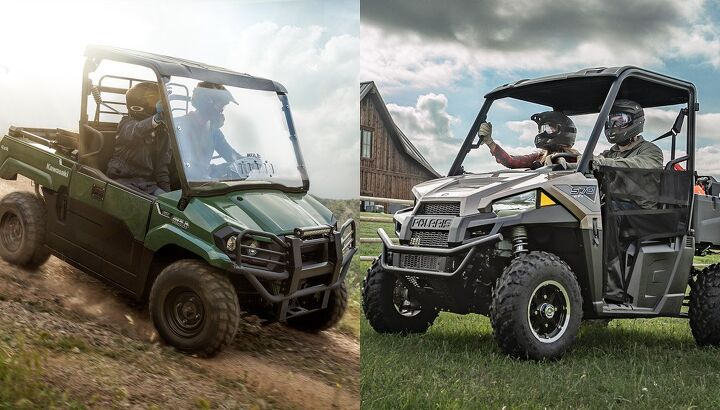












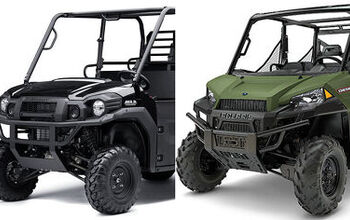

![Derek Guetter Lands 75-foot Back Flip [video]](https://cdn-fastly.atv.com/media/2022/10/24/8742829/derek-guetter-lands-75-foot-back-flip-video.jpg?size=350x220)

